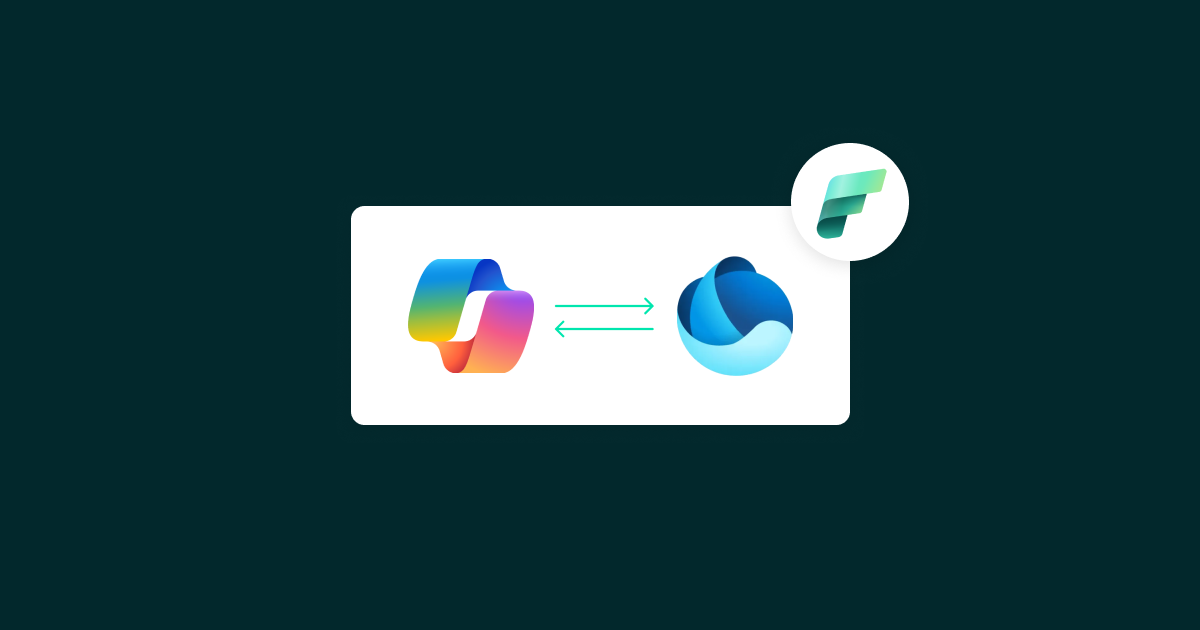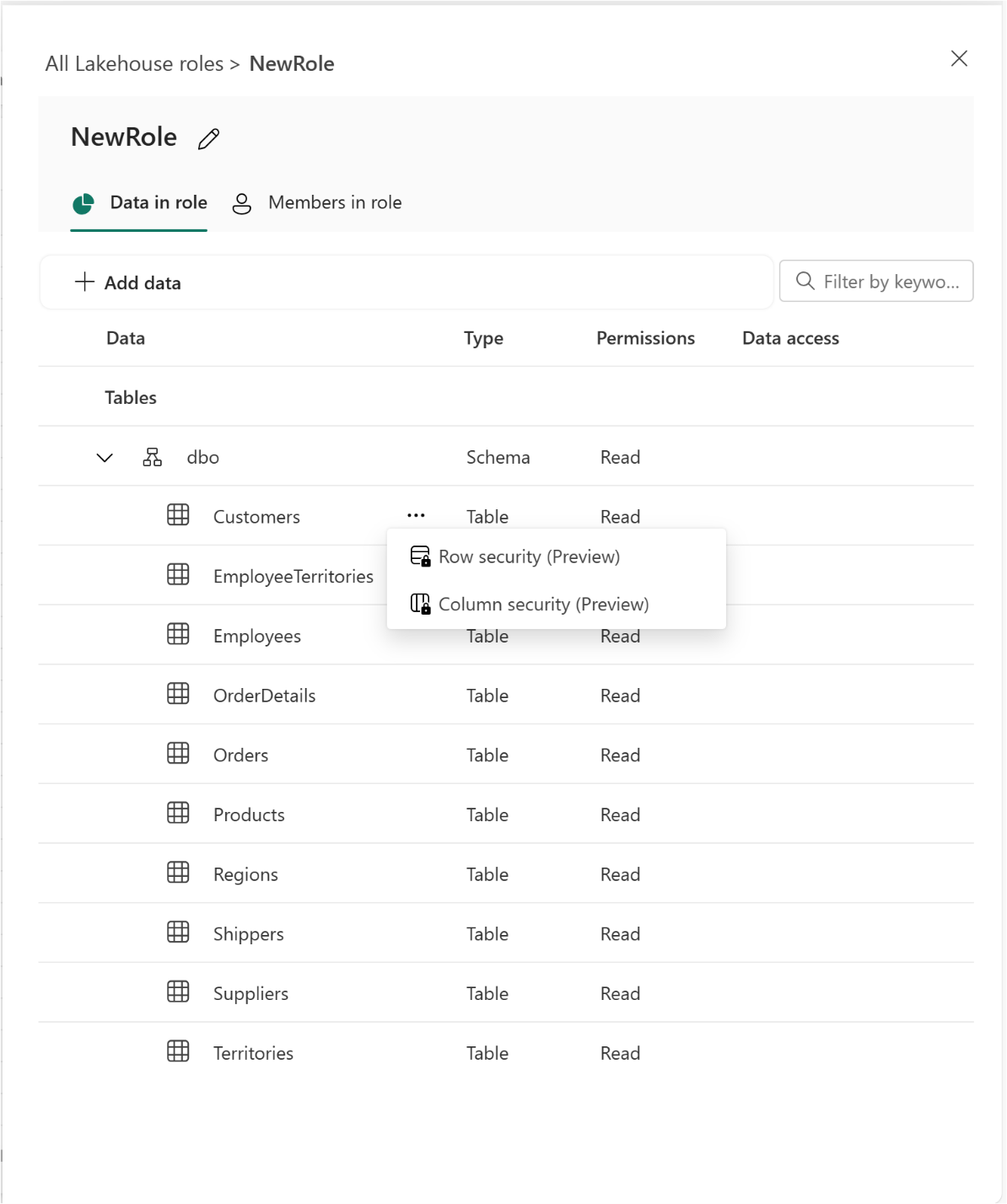
30 Abr 2025 Highlights From Microsoft FabCon 2025
The second annual Microsoft Fabric Community Conference, held in March 2025, unveiled a host of new features across diverse areas like data engineering, real-time intelligence, data science, and advanced AI capabilities. These innovations are designed to help strengthen security, exploit the power of AI in data workstreams, and deliver some commonly requested functionalities. In this article we’ll focus on the exciting updates in data engineering, the area that most impacts the projects we deliver to our customers.
OneLake Security
No more defining access controls multiple times or worrying about your security setup! With OneLake row-level security (RLS), users can now define granular, role-based access controls directly on data stored in OneLake, enforced consistently across all compute engines, including Apache Spark, SQL endpoints, and Power BI.
Source: YouTube
Users can create security roles to control access to specific data within the lakehouse. These roles can be configured at the table, folder, row, and column levels.
Row-level security is implemented using SQL-style scripts, allowing access only to rows that meet specific conditions. Column-level security enables roles to completely block access to sensitive columns. When a role has been defined with the appropriate permissions, users or groups can be assigned to it through Entra ID.
Once set up, these roles are respected across all Fabric compute engines: whether users query data through notebooks, SQL analytics endpoints, semantic models, or even access files directly through APIs or the OneLake file explorer, the same security roles apply, ensuring consistent and secure access across the entire platform. Find out more in our webinar about security and Fabric workspace organisation!
AI Capabilities Are Now Available Across All Paid SKUs
Microsoft announced that Copilot is now available across all Fabric SKUs, making AI features more accessible to organisations of all sizes.
With broader access, more users can take advantage of AI-driven insights directly in tools like Power BI, using plain language to build dashboards, ask questions, and to explore data visually, regardless of their technical skills.
Copilot in Microsoft Fabric makes data more accessible to everyone, helping users across roles to make smarter, faster decisions with AI-enhanced tools, as shown in this demo:
Source: YouTube
User Data Functions
Fabric user data functions work as applications that you can call from anywhere across the platform (notebooks, Power BI reports, or data pipelines). You can use this service to write your business logic, internal algorithms, and libraries directly into your customised solutions.
These functions offer a range of benefits, making them a powerful tool within the Fabric ecosystem. They enable external connectivity by allowing functions to be invoked from client applications via REST endpoints, facilitating integration with external systems. Their reusability lets you create standardised logic libraries that can be called across different Fabric items and projects. With customisation, you can leverage Python and public libraries to build applications tailored to your needs; and through encapsulation, these functions can perform multiple tasks, helping you to construct complex, robust workflows.

Source: Microsoft
Variable Library for Pipelines
One of the most anticipated features in Fabric Data Factory is the ability to modify values when promoting workspace changes across environments using Fabric CI/CD. Variable Libraries meet this need: you can define environment-specific values like dev, test, or prod, and when promoting pipelines these values automatically update, eliminating the need for hardcoded changes and making transitions between environments smoother.
Apart from CI/CD, Variable Libraries also let you replace hardcoded values with variables throughout your pipelines, just like global parameters in Azure Data Factory.
This feature also lets you share configurations: for example, if you have multiple lakehouses in a workspace that all use a shortcut to the same data source, you can centralise that data source definition in a Variable Library. Updating the variable in one place will automatically reflect across all linked lakehouses, greatly simplifying maintenance.
Conclusion
This latest Fabric update shows how Microsoft always listens to its customers and aims to provide the best product possible, offering the latest innovations according to market needs and helping to build successful projects. From strengthening security with unified OneLake role-based access controls, expanding AI capabilities through Copilot, to enabling more agile and customisable data solutions with user data functions and Variable Libraries, these features address the real-world challenges of data projects. Microsoft Fabric is rapidly becoming the foundation of modern, data-driven enterprises.
Want to explore how these new features can drive value in your organisation? Get in touch with the ClearPeaks team – we’re here to help you to design and implement scalable, high-impact solutions with Fabric!



